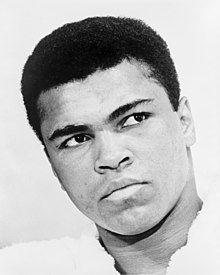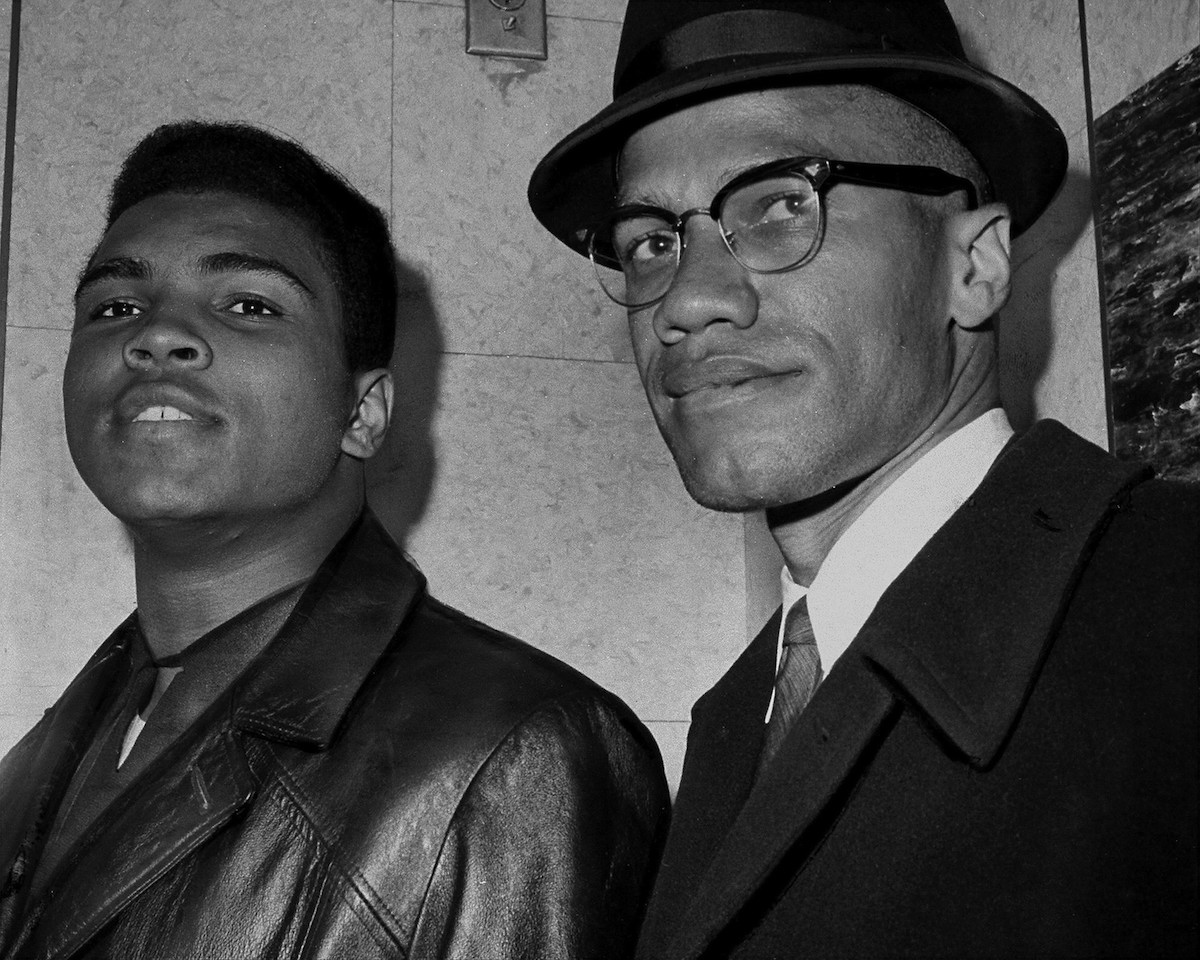Developing Quality Workflow
What is Workflow?

Work•flow /ˈwərkflō/
“The sequence of industrial, administrative, or other processes through which a piece of work passes from initiation to completion.” – lexico.com
What is a quality workflow? How do we develop it? Below are elements of the production cycle that most creative people move through as they create something. First, we must identify the stages of project production. What is each stage and what are the quality checks for each stage. Read on and find out!
Stages of Creation Development
Inspiration
We find ideas through brainstorming. We can find inspiration in other works like film, song, or literature. What can help this process is keeping track of ideas by noting them using some kind of journal, either physical or virtual. The quality of ideas is subjective. It is hard to measure the quality of an idea because people tend to see different things as quality. Really, quality is dependent on you, the person with the idea.
Intention
Intention should be decided before the brainstorming process begins. To find intention is usually based on the team working on the project. The intention is usually an achievable goal, agreed upon by the team that usually involves everyone.
Pre-production
We can brainwrite and brainstorm using tools of communication like Trello or a simple messaging app in order to communicate with one another. The storyboard could most likely be done individually at first, then revised in a group and changed.
Production
Due to COVID, this stage of production is complicated. What could work is finding who can work in person with who, and then making the production phase more independent from the class. This is a very hard phase to decide how to do because it is such a collaborative effort.
Post-production
This phase, on the other hand, is fairly easy. Editing can be done individually and everything could be accessed by the editor via a shared google drive like last year. ADR could also be done remotely by the actor or whoever is doing the voiceover and sent to the editor. I’d say there should be a meeting by the team specifically after the rough cut is done so the editor can get comments from the team about it.
Presentation/Performance
This piece of the production cycle is also somewhat tricky. One possible way this could be done is that the advisory members get and watch the films before the actual meeting and write their feedback down. Then during the presentation, the participating students could present their evidence for the targets met and the advisory could give their feedback. I’d say that the feedback should additionally be sent to the students via email if they miss the meeting or if they need it for future use. This piece of the cycle could also be a short video/audio recorded presentation put at the end of the short film, or sent to the advisory board. This would most likely be a good option in the case of people with poor internet quality so that the presentation is clear.
Feedback
As stated above, the feedback for each film could be given in a meeting after the presentation. The feedback should also be emailed to the student if possible so that it can be used in the future or if the student misses the zoom meeting.


